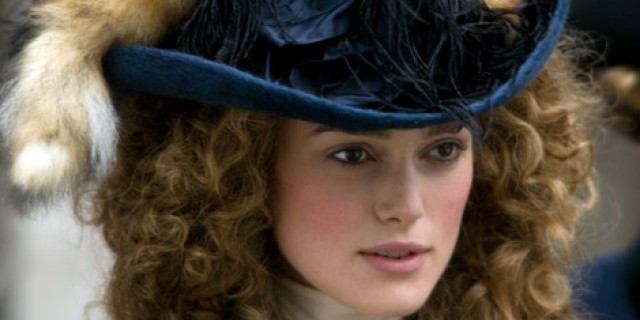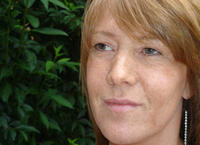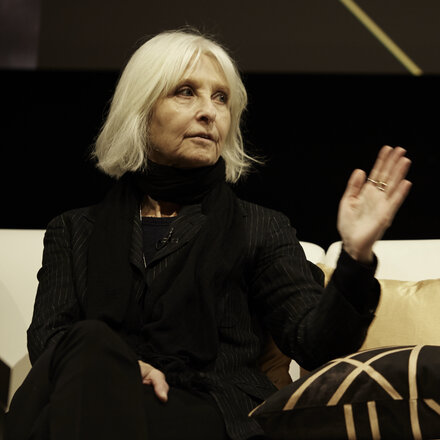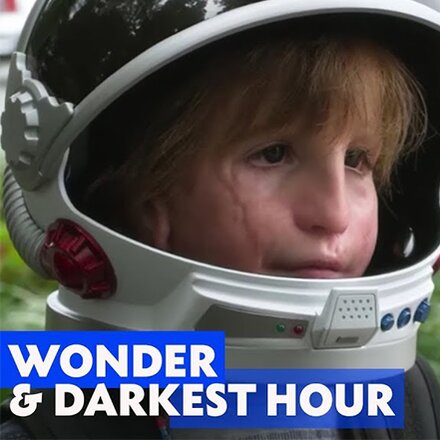
Stephanie Hovette: Interview
French wigmaker Stephanie Hovette discusses the techniques in making showstopping hair designs on films like The Duchess, and the surprising versatility of yak hair...
Originally published in December 2008.
Words by Anwar Brett.
The crowning glory of Saul Dibb’s recent film The Duchess was, in part, down to the skills of London-based Frenchwoman Stephanie Hovette.
Working under BAFTA and Oscar-winning hair designer Jan Archibald, she made the wigs worn by both the male and female characters in Dibb’s adaptation of Amanda Foreman’s book. This evocation of 18th century English society, starring Ralph Fiennes and Keira Knightley, offers a glimpse into the lives of the Georgian super-rich.
Using yak hair to create the wigs, Hovette would individually apply each hair and knot them onto a base. “There are a few companies around the world that supply the hair for us,” she explains. “We need 300 grammes of yak hair to make a wig; we send a sample of the colour we need and they provide it.”
 Historically, human hair is also used, though it’s not always the best option. “We use it sometimes; nowadays we use Russian hair because there’s not that many people with long hair in Europe. The hair is really fine, like European hair. But it’s also really smooth and doesn’t hold that much weight. With yak hair, you can curl it and do what you want with it.”
Historically, human hair is also used, though it’s not always the best option. “We use it sometimes; nowadays we use Russian hair because there’s not that many people with long hair in Europe. The hair is really fine, like European hair. But it’s also really smooth and doesn’t hold that much weight. With yak hair, you can curl it and do what you want with it.”
Hovette was also responsible for helping to dress the wigs on the leading actors. “There were three of us in the main team,” she explains. “I worked with Lou Sheppard, who dressed Keira. Jan designed the wigs and looked after Ralph. I made the wigs for some of the other characters and helped with the finishing and making sure everything was okay, like if I needed to put more hair on or do the finishing touches, for example.”
"Nowadays we use Russian hair because there's not that many people with long hair in Europe..."
In one central party scene, Knightley – as Georgiana, the Duchess of Devonshire – wears an extravagant construction, complete with a cage frame upon her head, around which the wig was woven. “This was really heavy,” Hovette explains. “Women in those times couldn’t sleep as they wanted. Apparently they used to sleep in a seated position because it was so elaborate and they didn’t want to remake the wigs every day.”
Men, by contrast, had it easy. “The men used to have a pigtail or a curl on the side, or tied to make the hair really long with a ringlet. But with the women, the hair would just go up, with feathers or ribbons inside.”
After studying wigmaking in Paris for two years, Hovette came to England and began working for Jan Archibald’s company London Wigs. During her five years there, she worked on movies such as La Vie En Rose – for which Archibald won a BAFTA and an Oscar – and was in Archibald's workshop on The Illusionist, Alexander and Merry Christmas. Before that, naturally, she worked as a hairdresser, cutting hair off where now she applies it.
“It’s good experience for a wigmaker,” she adds, “because you understand more about hair and how to dress the wig better.”
From the grandeur and formality of The Duchess, Hovette’s subsequent job could not have been more different. On The Wolf Man, she found herself preparing full body costumes covered in hair for stars Benicio Del Toro and Anthony Hopkins.
“We had suits of lycra and had to do the same we did with the wigs – put the hair through the lycra and make a knot. We had quite a lot of suits to do. We did the wigs for Sir Anthony and Benicio as well. Sometimes you used to go a bit mad because you were doing that all day.”
Eight years after arriving in London, having intended to stay for only a couple of months, Hovette is looking forward to the next step in her career. “I would like to work on more films,” she smiles, “and maybe to design in the future too.”





